Fantastic (free) plugins and how to use them: Spitfire Audio LABS & BBC Symphony Orchestra Discover
Our guide to two of the most powerful free sampler instruments available to the budget-conscious producer
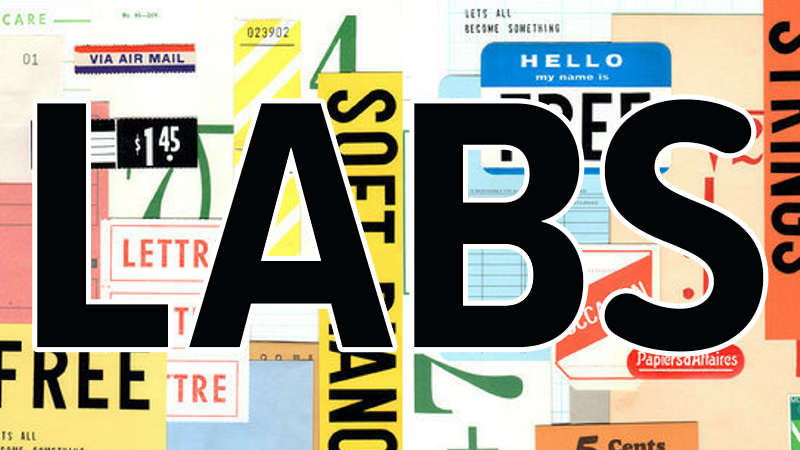
Synthesis is undoubtedly a fascinating and diverse world of timbre design, however, like any instrument or piece of music technology, it has its limitations. Sometimes the timbre or tonal characteristics we seek can’t be realised with synthesised sound, and we must explore other avenues, such as sampling.
People often associate sampling with the art of taking short passages of (often well-known) recorded music and repurposing it in new ways, as pioneered by early hip-hop and electronic music producers. Whilst this understanding of sampling is accurate, it’s only part of a much bigger picture.
You see, literally any sound can be sampled, and not just repurposed, but recontextualised and reenvisioned in ways that make it unrecognisable from its original form. A sample can be assigned (relative to pitch) to every note in the musical scale.
For example, I could record myself singing “aaah” in the pitch of C3 and load that recording (or “sample” of sound) into a sampler. I would program the sampler with the necessary pitch info (that the original sample is C3), and the sampler will do clever mathematics to retune the sample for every note I play on my MIDI controller (via speeding up or slowing down the playback speed of the same).

If I play C3 on my MIDI controller, the sampler will play back the original recording of “aaah” (which is pitched at C3). If I play C4 on my MIDI controller, the sampler will play the sample at twice the original speed (i.e. an octave higher in pitch). If I play C2, the sampler will play the sample at half-speed (an octave lower in pitch), and so on.
Whilst the upper registers in this instance might sound a bit silly and not have a sensible musical application, the lower registers would produce very long, slow, bass-heavy, guttural tones, not achievable with a normal human voice.
Moreover, the sound would likely not be obviously recognisable as a voice, yet still contain all manner of human and organic artefacts and characteristics; unlikely to be achievable with synthesis. We’ve completely reshaped and recontextualised our original sample into something entirely new.
Want all the hottest music and gear news, reviews, deals, features and more, direct to your inbox? Sign up here.
This method of relative speed adjustments (on a note-per-note basis) can turn any recorded sound into a playable sampler instrument with a discernible pitch capable of spanning a range larger than the 88 notes of a piano.
If you want to see a practical example of sampling, the video below nicely demonstrates someone using the sound of their electric toothbrush as the lead melodic line for an EDM track.
Before computer memory and processing got big and powerful, hardware samplers by companies like Akai and Emu were the de facto options for most producers. These days however, there are software sampler instrument plugins and a wealth of free and paid-for sample packs that you can acquire and load into them.
Native Instruments Kontakt is arguably the industry-leading and most widely supported software sampler retailing at £269 (which includes both the sampler and numerous sample-libraries to load into it). High-end sample libraries by Native Instruments and other third party developers can often cost more than your DAW software.
Therefore setting yourself up with a comprehensive sample library can be very costly. However, there are other (free) options, and in this article we’ll have a look at what acclaimed sample library manufacturer Spitfire Audio has to offer.
Spitfire Audio
Spitfire Audio is one of the industry’s leading sample-library manufacturers, producing astounding orchestral sample sets (amongst other things), captured using some of the world’s best orchestras, recorded in some of the finest studios. You’d be right to assume that their sample libraries command a high price, with some of their top-tier products costing over £800.
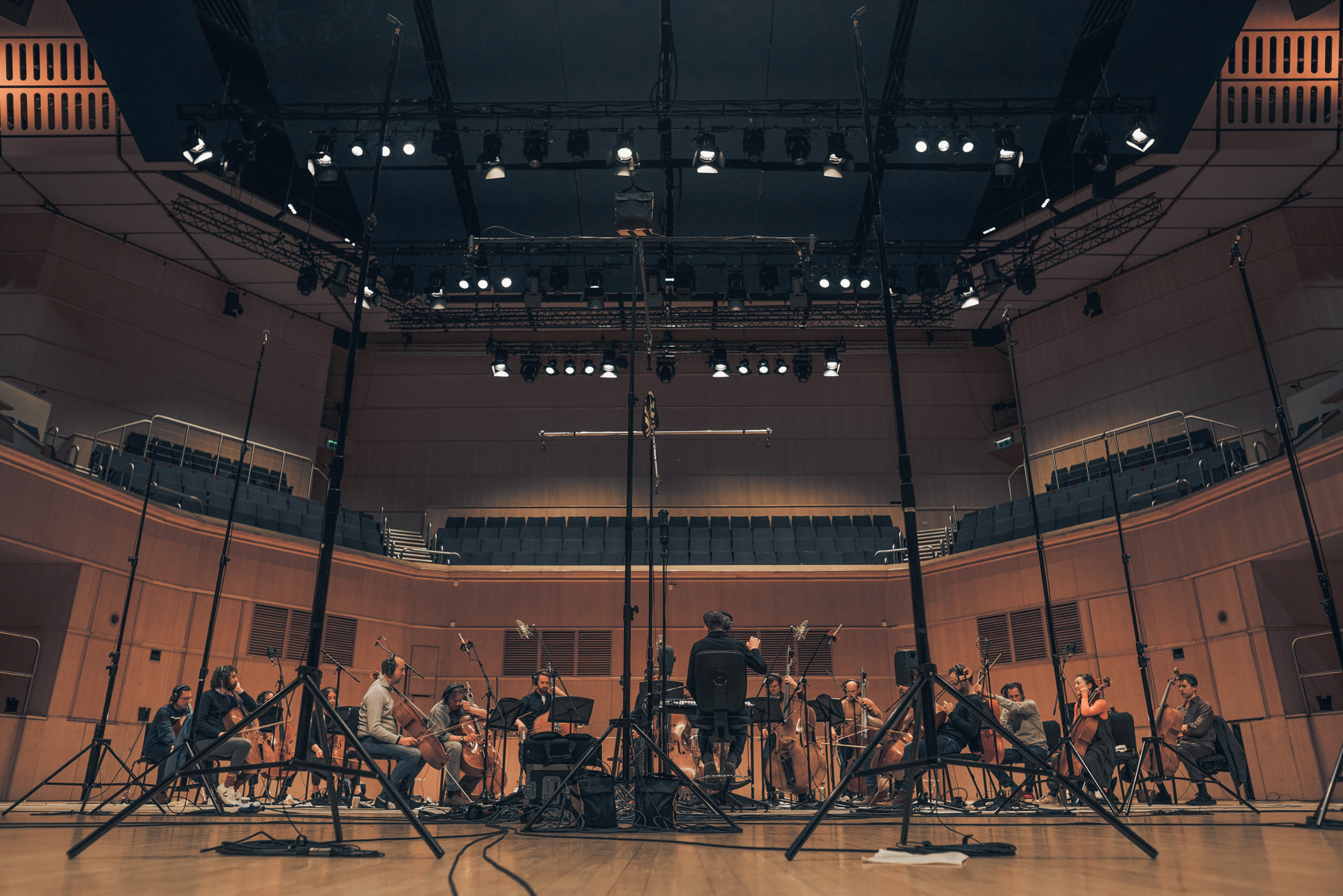
Nevertheless, they also provide some extremely high-quality free instruments, which we’ll look at below. We’ll begin with the conventional stuff, before dipping into the bizarre and experimental.
BBC Symphony Orchestra Discover
One of Spitfire Audio’s flagship products is the BBC Symphony Orchestra sample library, recorded at the iconic Maida Vale Studios in London. That’s about as world class as you could ask for, and the price tag reflects this.
However, the generous folks at Spitfire have created a free, streamlined version of this sample library. Whilst this is a “streamlined” freebie, it still packs some serious punch!

It comes as a bespoke software plugin (as opposed to needing to load the samplers into another sampler such as Kontakt), which loads up like any other plugin. The interface is uncluttered and intuitive, allowing for quick and easy navigation with no fiddly or complicated components whatsoever.
Select your desired section of the orchestra, and the keyboard illuminates to demonstrate the register of that section. Depending on the selection, there will be a range of variables to choose from, for example: Long, Spiccato, Pizzicato, Tremolo are the four variables for the violin sections.

There’s an built-in reverb, which even at 100% is subtle and unintrusive, providing a hint of air and warmth in ways that are unlikely to clash or compete with any reverb buses you may have in operation in your mix.
There are dynamics and expression controls on the left hand side. The dynamics control is assigned to the modulation input, making for easy and intuitive manipulation of swells. Lastly, whatever you click on and/or hover the mouse over, there will be a useful description either as a popup or in the bottom left corner of the plugin window.
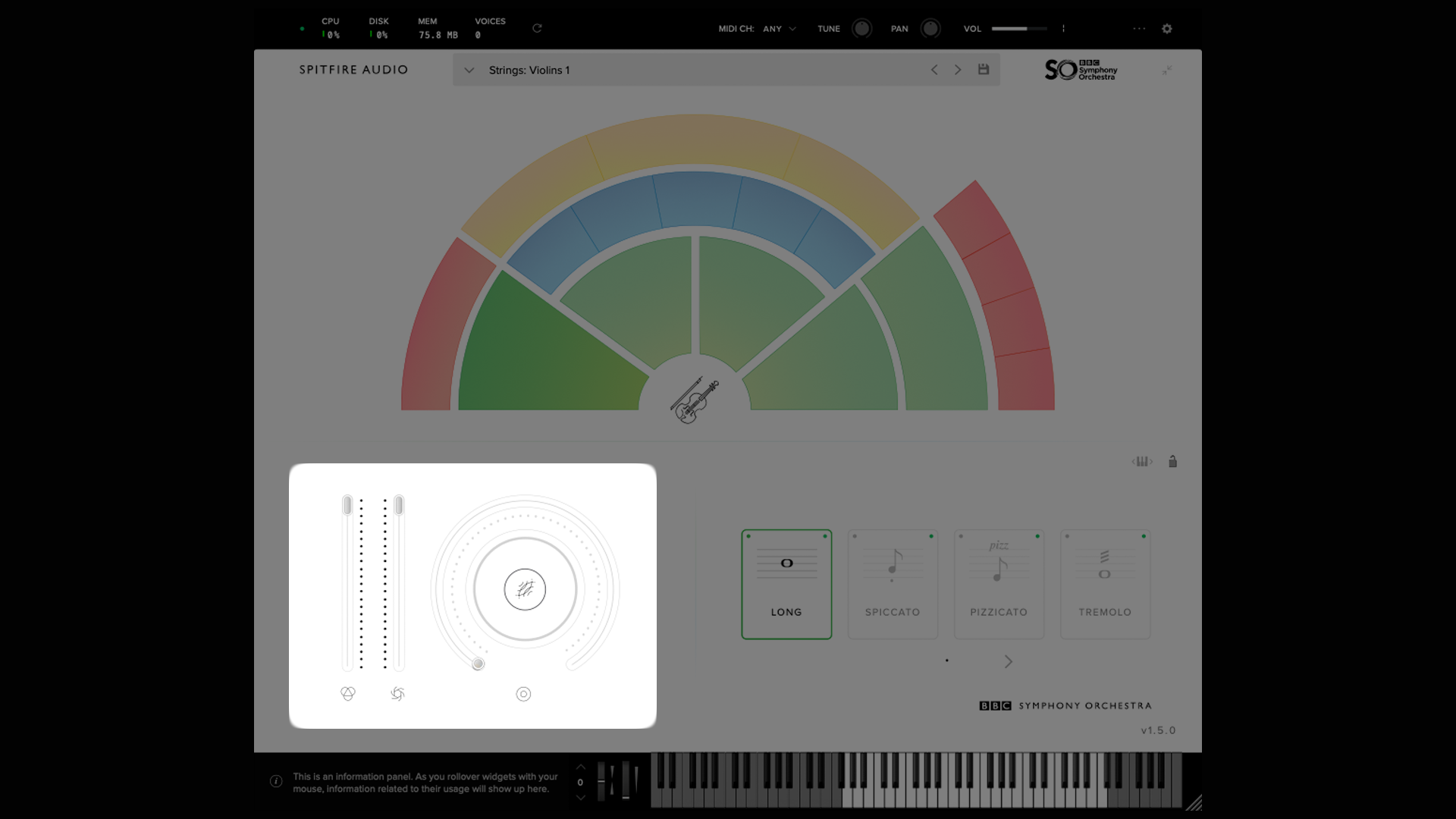
And really, that’s about it. Its power and brilliance lies in its simplicity and quality of samples. It’s rare to have something sound so good and be so simple. In recent work I’ve found myself using this plugin in multiple instances; one-track per section of the orchestra, each with bespoke lines, all grouped/bussed together in sub-mixes.
Some of my favourite aspects of this plugin are the tenor trombones which I find to be absolutely delicious, and all of the tuned percussion (as well as the harp and celeste) have tons of character and realism.
Of course, if you’re looking to do solely orchestral work, this might feel a bit limited and/or lacking in the way of more nuanced features available on the paid alternatives. However, if you’re looking for some seriously strong orchestral tones to add some gravitas to your (non-orchestral) work, make sure you give this a go, before committing to any sample library purchases.
LABS

LABS is the brainchild of Christian Henson, composer and co-founder of Spitfire Audio. It started life as donation-ware raising money for charity and providing some cool and interesting samples for free. Over time it has evolved into something that deviates from the norms of conventional sample libraries by offering weird and wonderful things.
The LABS division of Spitfire Audio has grown in popularity so much that it now has its own office and base of operations in Scotland, producing very regular sample-sets and insightful videos on the LABS YouTube Channel.

When you download a Spitfire product, like many plugin companies, they have a bespoke installer synced to your account. Here you can see what LABS instruments you do or do not have installed. Once you’ve installed the instruments of your choice, simply call up the instrument plugin and select your desired sample-set from the drop-down menu.
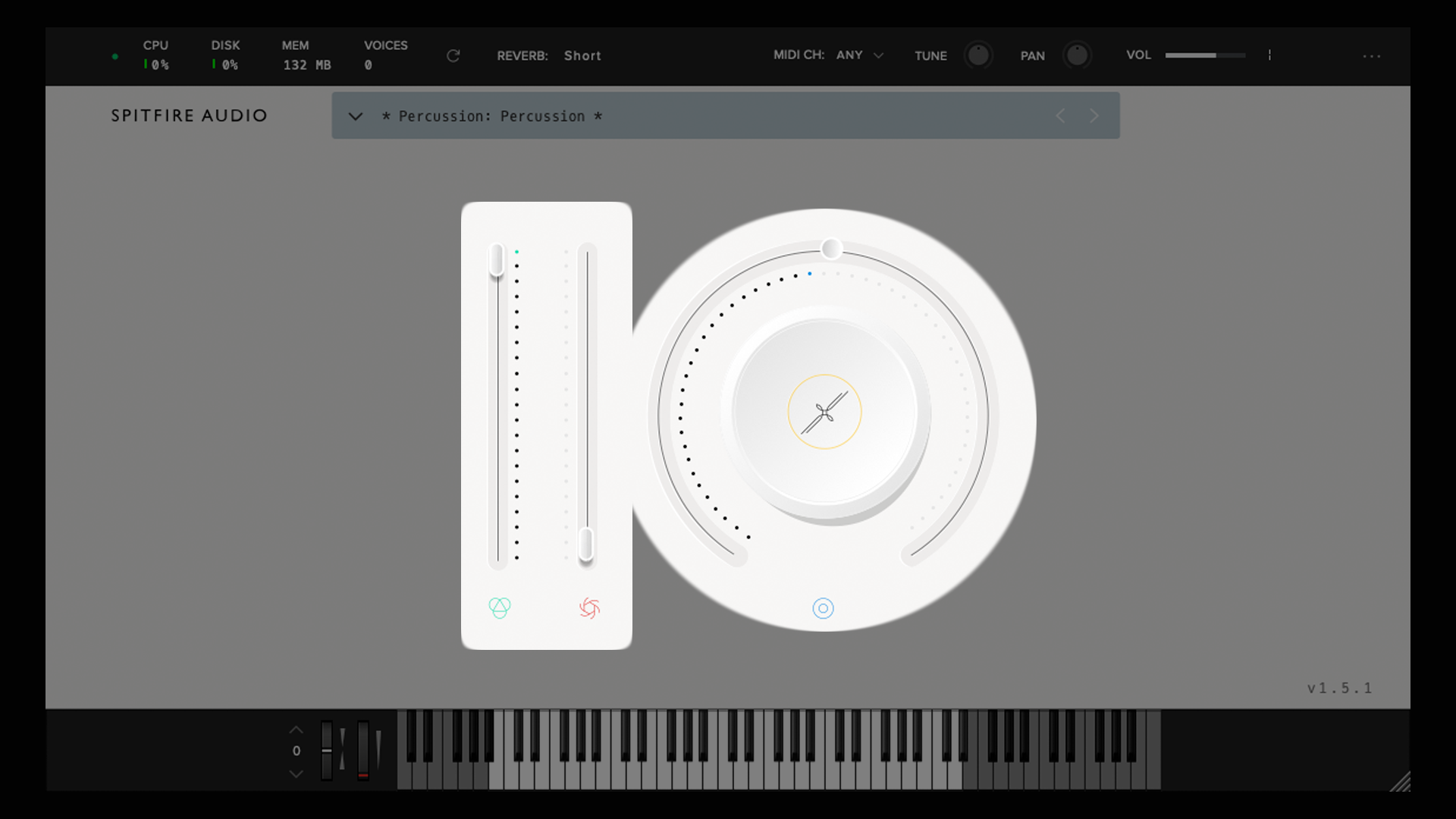
The LABS plugin is based on the same architecture as the above mentioned BBC Symphony Orchestra, and so will look and feel familiar. There’s a circular reverb dial (which, depending on the instrument, may offer more than one variable to adjust), a dynamics control (assigned to modulation) and an expression control.
From here, it’s simply a case of browsing through the selection and trying things out. As you do so, be sure to click on the large button in the middle of the circular dial. Whilst this large dial usually defaults to reverb, if there are other parameters (such as attack and/or release) programmed into the sampler instrument, they will be present and adjustable here.
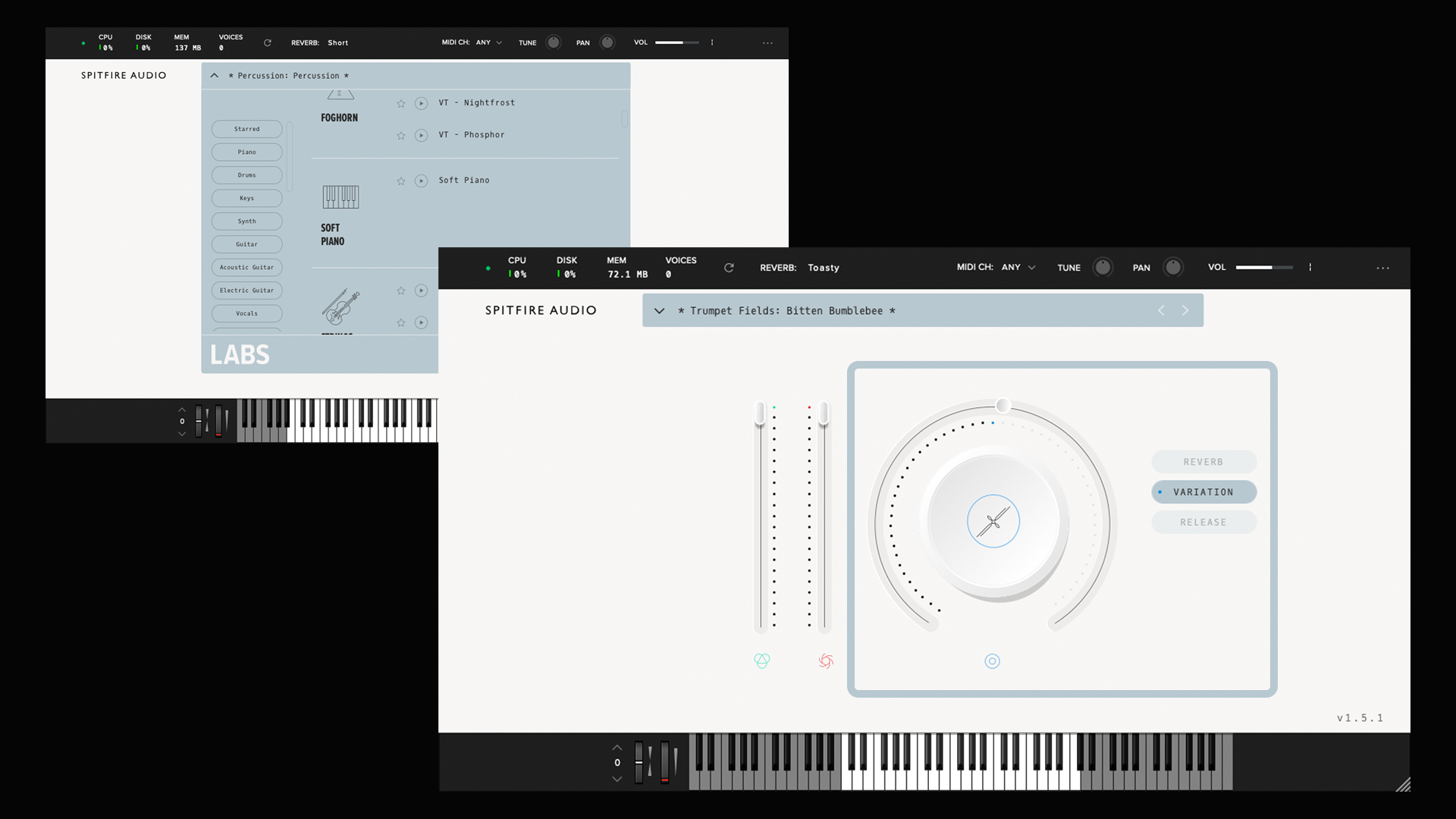
You may also notice that for some instruments the dynamic control adopts a different function, such as cutoff/brightness. This is very much dependent on the character of the instrument and what the development team felt best suited the sample.
There is a wonderfully broad range of sounds, from characterful acoustic and electric pianos, ideal for Lo-fi or ambient work, through to gnarly synths and bizarre atmospheric textures which could feel at home on harder-hitting electronic experimentations. Let’s walk through a few of my favourites.
Organic Textures: Wind and Birdsong

Created using field recordings made in the English countryside, I suspect by gathering noise, using peak EQ to extract a pitch and then setting that to loop). This patch is pad-like, and feels fantastical and otherworldly.
What really makes it stand out for me however, is the inclusion of birdsong. Hold a chord for a few seconds and hear a chorus of birdsong creep into the tone, whisking you away to other places. If the bidsong is a little too intense (or not intense enough) it can be adjusted with the Variation dial.
Tape Piano: Felt Cassette

I’m a pianist and a sucker for warm and moody piano patches. The Felt Cassette delivers this in spades! This sample-set is made using a modern upright piano, sampled using vintage tape machines. There’s softness and character aplenty.
Furthermore, there’s the thoughtful inclusion of a Stability control, which allows you to set precisely how much tape-warble you desired. I have used this patch on several projects and believe it’s suitable for all manner of styles such as lo-fi, Hip Hop, jazzy-electro, ambient, and more.
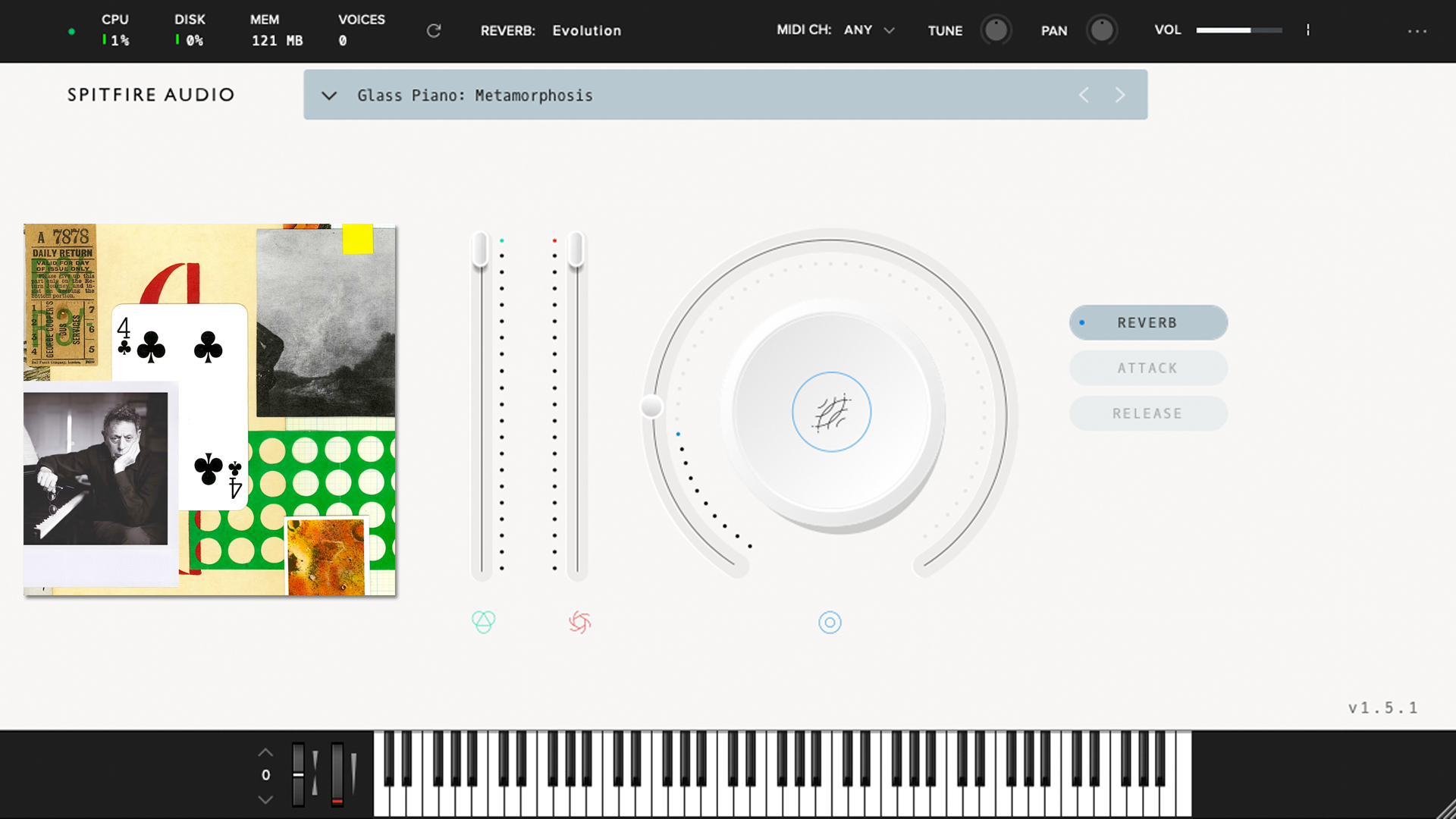
Whilst we’re on the subject of pianos, we simply have to discuss the Glass Piano sample-set. These are samples of Philip Glass’ personal piano (yes, you read that correctly, Philip Glass!). It’s the piano he’s had in his New York City home for the last 30 years, and which he’s composed a great many acclaimed works on.
As well as having usable piano tones, this sample-set includes manipulations befitting a Philip Glass aesthetic, with warped and eerie textures. It’s as though you could reach out and touch them, such is their tactile and complex nature. My personal favourite (Metamorphosis) is light and airy, but also harbours a menacing darkness that lurks in the background of these sounds.
Siren Songs: Loonsong
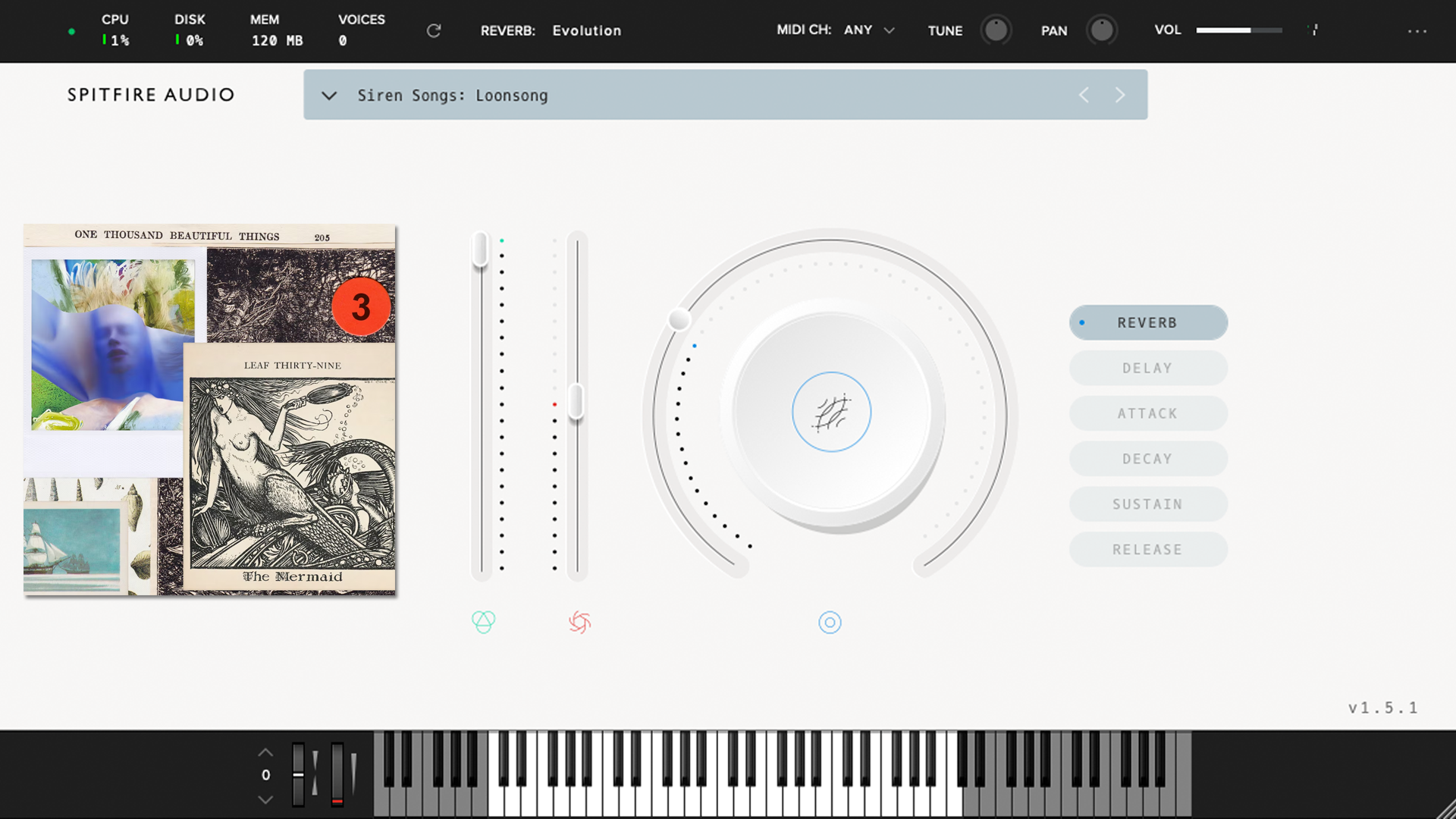
This one’s simply epic! Created using many layers of vocal tones by folk artist Lyra Pramuk, this set of samples offers complex pads that swell and evolve. The lower registers are warm and embracing, the middle registers are spacious and awe-inspiring, and the upper registers are intense and nervous.
London Atmos: Night Tube

Made from field-recordings curated around England's capital, London Atmos has shades of street traffic, squeaky bus brakes, tube train doors, public service announcement chimes, and so on. Rather than being a hodgepodge of generic city noises however, they’ve been subjected to rich atmospheric manipulations that warp them into discernible instruments with much musicality.
Whilst these origins of the field recordings are present in these tones, they’re like a clouded, distant memory that’s somewhat intangible. It’s hard to clearly pinpoint and clearly identify the original sound sources, yet you can feel their presence within these evocative tones.
My chosen favourite, Night Tube, is a perfect example. It’s a gentle, evolving pad made from what sounds like a train-wheel shriek (you know the one, when a train takes a curve, the wheels pinch against the track and squawk momentarily). Imagine that squawk drawn out slowly into a pad sound. It’s equal parts metallic bell tone and angelic choir voice.
Furthermore, nested within is the subtlest of background ambient air, reminiscent of the gusts one experiences on empty tube-platforms as trains thunder around adjacent tunnels. If you’ve ever ridden the London Underground late at night, when there’s no one else around, you’ll know exactly why I love this patch so much.
Obtaining comprehensive sample libraries can be very costly, and configuring pre-made libraries to work with your sampler of choice can be very time-consuming. With that in mind, it’s not difficult to see why Spitfire Audio’s BBC Symphony Orchestra and LABS, with their bespoke sampler, minimalist interface, and high-calibre samples are refreshingly distinct and unique when compared to the far more complicated sampler instruments and synthesisers on the market. Furthermore, their simplicity and ease of use in no way compromises the quality and musicality of their sound.
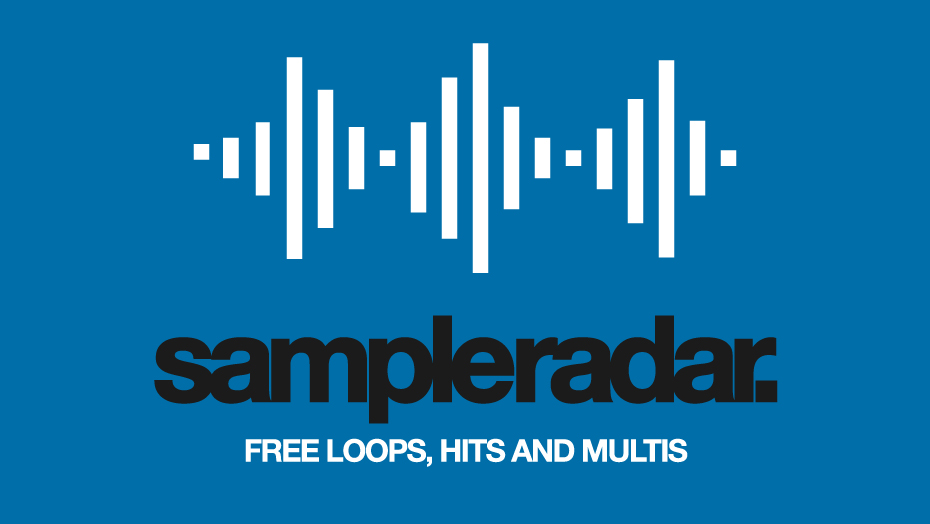
Free music samples: download loops, hits and multis from SampleRadar
Whether it’s the quirkiness, warmth and character of LABS, or the stoic classiness of the BBC Symphony Orchestra, Spitfire Audio appear to have us very well catered for with their free offerings, and I firmly believe that regardless of your discipline and/or genre of focus, there will likely be something for you in these two sampler instruments; even if you’re just looking for something basic and functional, but with a little more character than your average stock soundbank.
If you’re inclined to roll up your sleeves and delve more deeply into sampler-instruments, getting under the hood of what makes them tick, it might be worth exploring Christian Henson and Spitfire Audio’s other free sampling initiative called The Piano Book.
This is a fascinating and large-scale, community-driven project (too big to cover in this article), aimed at creating a wealth of free sampler-instruments, put together by pros, amateurs, hobbyists and enthusiasts. It requires a bit more legwork to get set up in your DAW, but provided you’re comfortable with a bit of orderly file/folder management, and the occasional bit of code-editing, you could find yourself with a world of new sound palettes to play with.


“OSC” Steve is a composer, producer and educator with a background in piano, synthesisers and sound-engineering. He is an established, independent artist in the Synthwave and Retrowave music scenes, and has composed for several independent video-games including Nintendo Switch™ titles.
